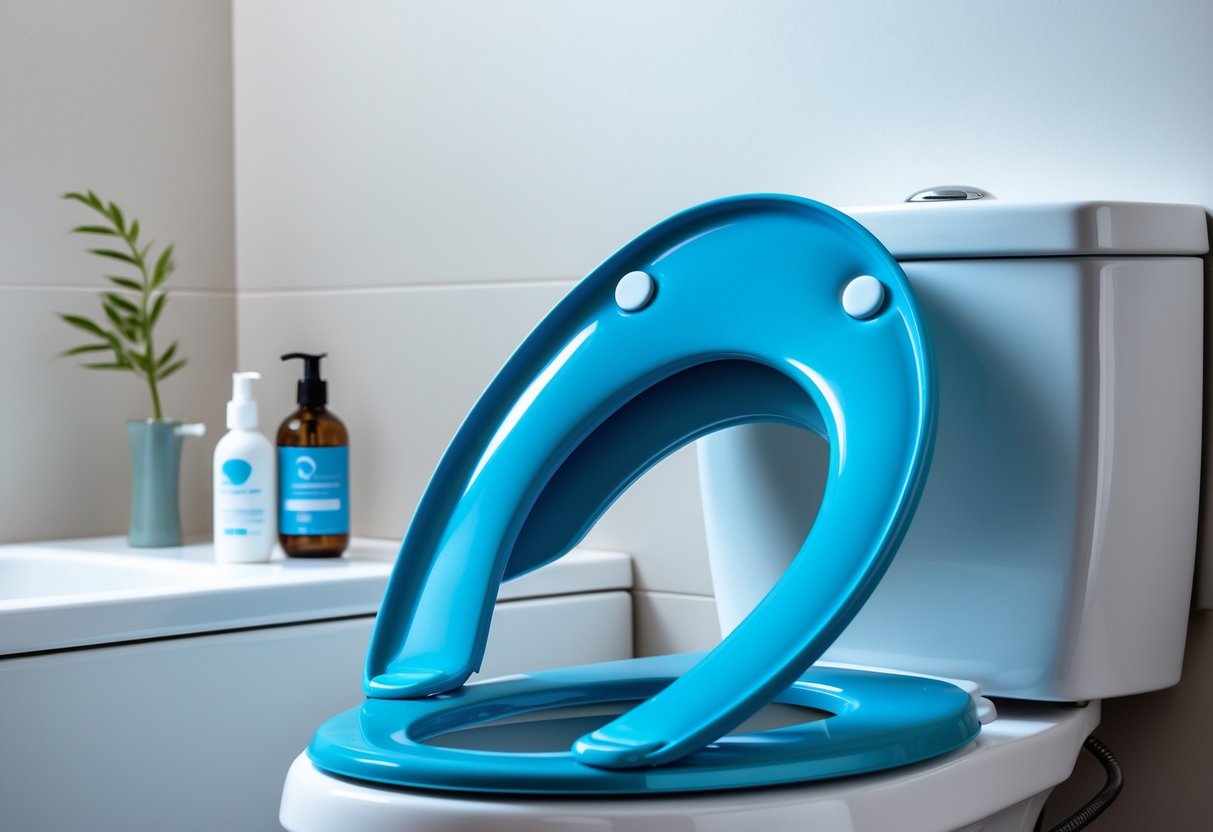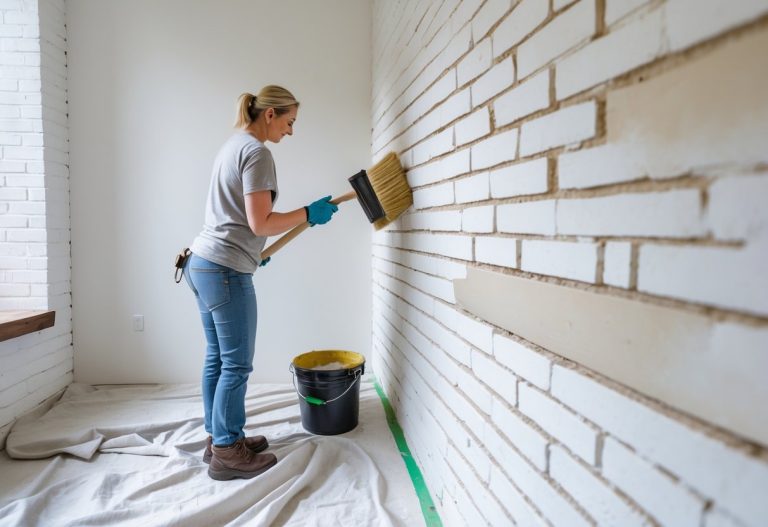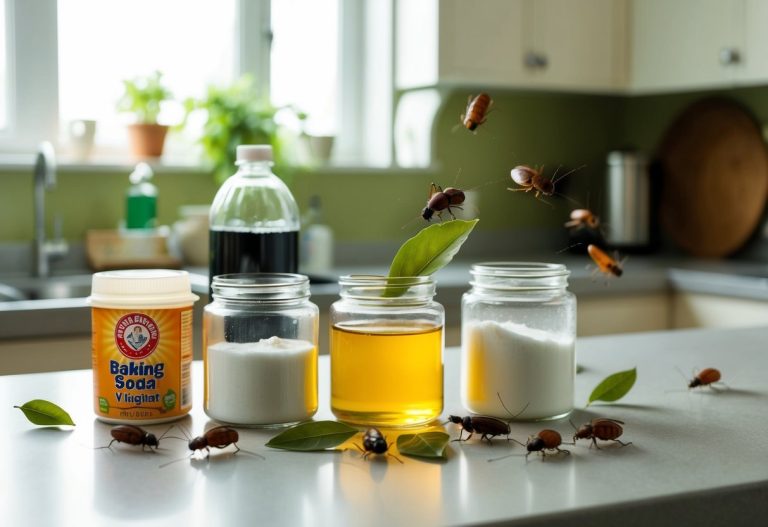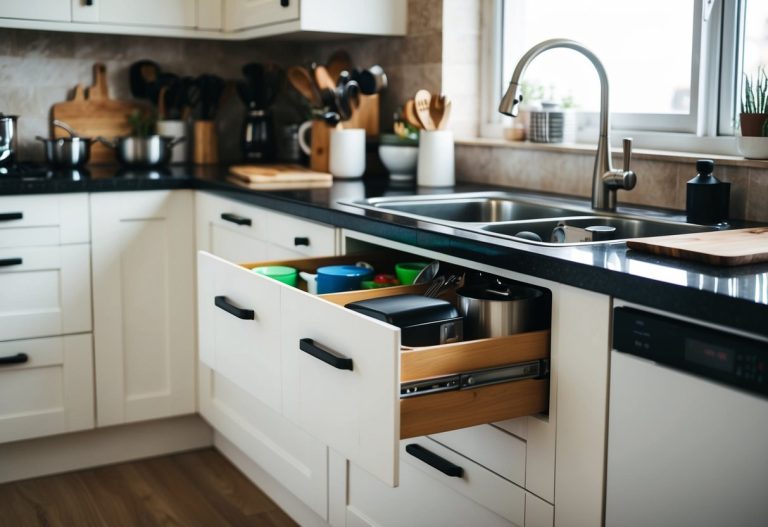For What Reason Do Toilet Seats Become Blue and How to Fix It Easily
If you’ve ever noticed a blue mark on your toilet seat and wondered why, you’re not alone. Toilet seats can turn blue because of colored sweat, certain vitamins, or even dyes from your clothes. This can be surprising, but there are simple reasons behind the strange color.
One common cause is a rare condition called chromhidrosis, where sweat glands produce colored sweat that can leave stains. Sometimes, ingredients in prenatal vitamins or chemicals from laundry detergents can also mix with sweat to create blue marks. Understanding these causes can help you figure out what’s happening and how to prevent it.
Why Toilet Seats Become Blue

Toilet seats can turn blue for a few clear reasons involving chemicals, dyes, or changes in your body. Knowing these causes can help you figure out what’s going on and how to fix it or prevent it.
Chemical Reactions With Cleaning Products
Sometimes, blue stains happen because of how different cleaning products mix. If you use bleach, ammonia, or other cleaners together or right after one another, they can react and create blue marks.
This reaction often happens when the chemicals in the cleaner combine with minerals or other substances in your water or toilet material. The blue color is actually a byproduct of this mix, not dirt or something harmful.
To avoid this, try only one cleaner at a time and rinse the area well between uses. Using milder cleaning products may help reduce the chance of these strange stains appearing.
Transfer Of Dye From Clothing Or Personal Products
Your toilet seat might turn blue because of the dye in your clothes or personal items. If you wear brightly colored pajamas, underwear, or use certain products like wipes or lotions with strong dyes, these can rub off.
When these dyes come into contact with moisture, like sweat or water, they can leave a blue stain on plastic or painted toilet seats. This often happens if the fabric or product is not colorfast.
To reduce this risk, opt for clothing and products labeled “colorfast” or avoid sitting on your toilet seat with wet or damp fabric that might bleed dye.
Pregnancy And Hormonal Changes Affecting Skin
During pregnancy, your body goes through many changes that could cause blue marks to appear on your toilet seat. Some pregnant people produce sweat that contains unusual pigments, leading to blue stains when it touches the seat.
This condition is linked to changes in your sweat glands called apocrine chromhidrosis. It is rare but can cause colored sweat in blue, green, or other shades.
Also, certain prenatal vitamins might affect your skin or sweat, contributing to these marks. If you notice this, don’t worry—it’s usually harmless. You can check with your doctor if it concerns you.
How To Prevent And Remove Blue Stains

You can avoid blue stains by using safe cleaning products and protecting the surface from chemicals and dyes. Removing existing marks takes the right cleaners and techniques to avoid damage.
Choosing The Right Cleaning Methods
Use cleaners that are gentle and made for plastic or painted toilet seats. Avoid harsh bleach or strong acids that can cause discoloration or destroy the seat’s finish.
For blue stains caused by toilet tablets or cleaning gels, try this:
- Mix baking soda and water into a paste.
- Apply it to the stain and let it sit for 10 minutes.
- Scrub gently with a soft cloth or sponge.
- Rinse with warm water.
If stains persist, use a mild vinegar solution but test on a small area first.
Avoid abrasive scrubbers or harsh brushes that might scratch the surface and make discoloration worse.
Protecting Toilet Seats From Discoloration
Avoid contact with lotions, dyes, or fabrics that might react with the seat surface. For example, some lotions with strong chemicals or dyes from jeans or workout pants can cause blue stains.
Clean the seat regularly to prevent buildup of sweat, oils, or cleaning chemicals. Wipe the seat dry after cleaning to stop moisture from causing reactions.
If you use toilet bowl tablets or cleaning gels, place them carefully in the tank, not on the rim where they can drip onto the seat. This helps keep the seat cleaner and free of stains caused by chemicals.




